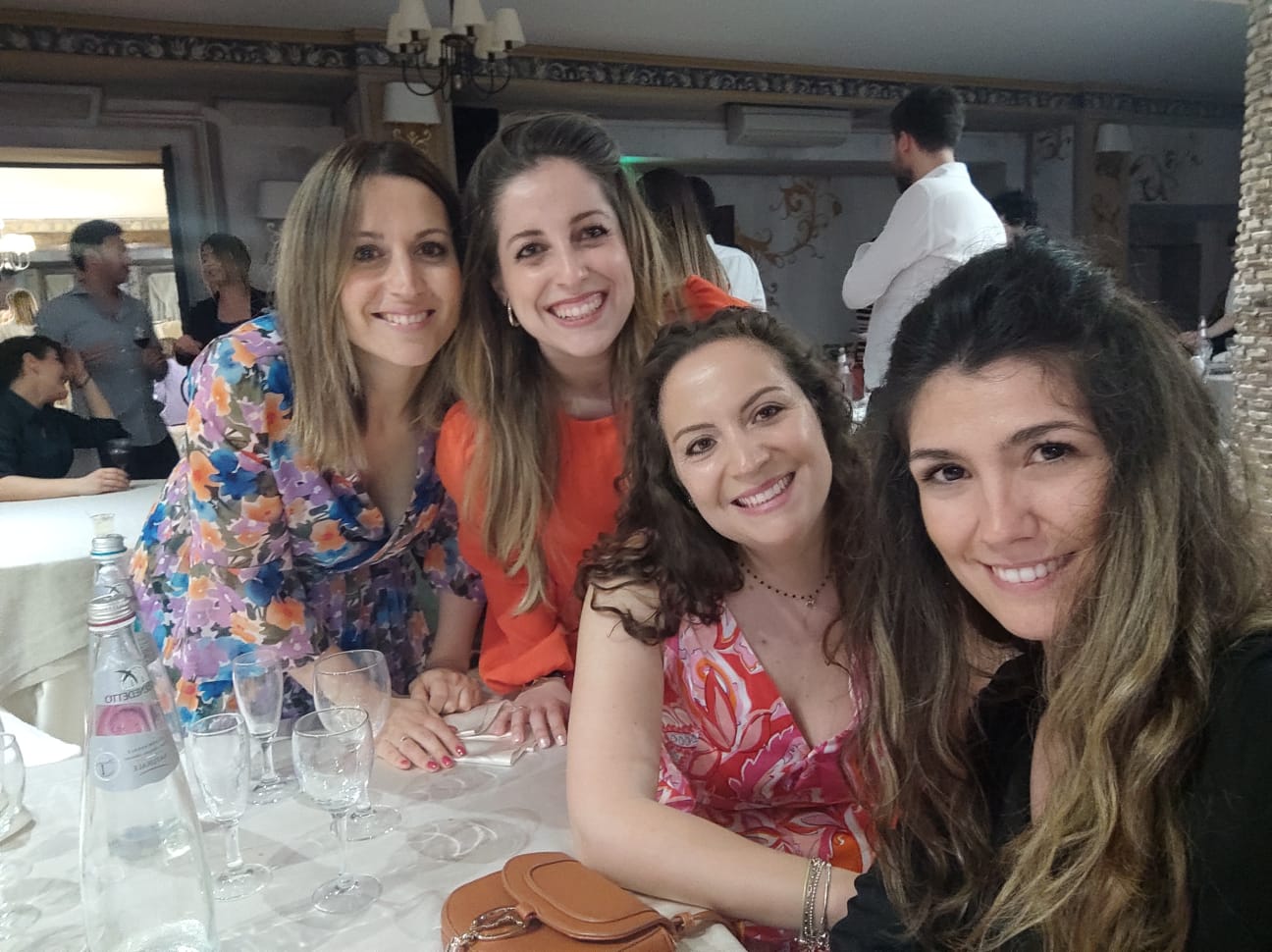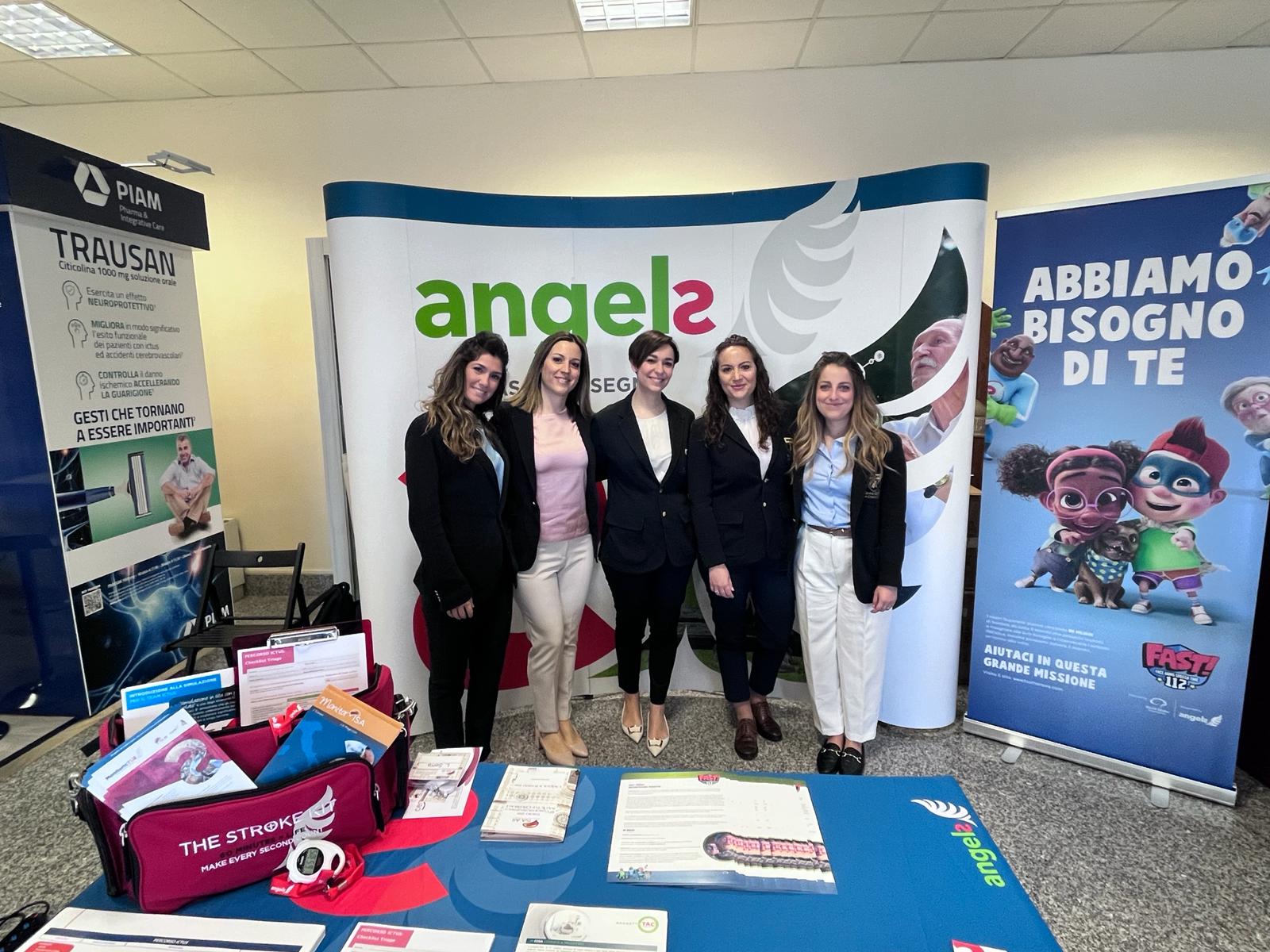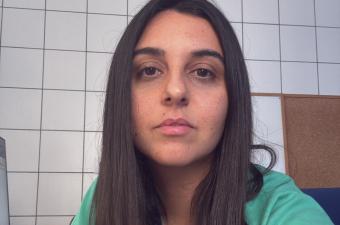
Tell us about the conversations that preceded the concept for MonitorISA.
Back in 2019 we realized that only a few neurologists were actively monitoring their performance on common indicators using official quality monitoring registries such as the SITS registry. Most doctors only had “the feeling” that the stroke pathway was fast enough. Nobody believed they had the resources and the time to fill out the registry for every patient. We needed a plan to get all the stroke centers monitored at the same time, on the same indicators. We took inspiration from the program developed by our colleague in Lisbon, Melhora quem sabe, which aimed to monitor all the stroke centers in Portugal once a year for 15 days. Our initial idea was to have one quality monitoring month a year, but after the huge success of the first edition, we decided to have it every May and November. Together with our National Steering Committee and with the endorsement of the Italian Stroke Association (ISA-AII), we named the program MonitorISA and launched it during the national stroke conference in December 2019.
The first edition (March 2020) coincided with the worst of Covid in Italy and elsewhere. Did you question whether the project could still be successful?
We were very worried that no one would participate because of Covid, so we were pleasantly surprised when more than 100 hospitals joined the first edition, and more than 2,000 patients were registered on SITS. That encouraged us to launch a second edition in November 2020.
How was the concept communicated to hospitals?
The Italian Stroke Association launched MonitorISA as a collaborative project between ISA-AII, SITS and Angels. It was presented as an easy tool hospitals could use to improve their stroke care and compare their performance with that of other hospitals. It was important to share how user-friendly the SITS-QR template was, and to give them feedback on their results. Hospitals understood the need for a comprehensive picture of stroke care in Italy and that encouraged them to take part.
Did the results of the first edition produce any surprises?
We discovered that some hospitals had a faster stroke pathway because of Covid. In fact, some hospitals that previously treated patients in the stroke unit and were now forced to treat them in the emergency department, were saving 10 to 20 minutes.
What did you learn about stroke in Italy?
The first edition showed that there was a lot to work on, but there was a willingness to participate (108 out of 220 hospitals) and a desire for discussion. For the first time in Italy, monitoring was not just data collection but a reason to discuss and define common objectives. Despite this sense of belonging, we learnt how different the picture was from region to region and among hospitals in the same area. This confirmed that the treatment a patient received was still a matter of luck.
Why were door-to-needle (DTN) and door-to-groin (DTG) times and dysphagia screening rates the primary focus of the project?
Our work as consultants had shown that time delays were a critical issue in Italy, as was patient management in the acute phase, where aspiration pneumonia is a major complication of the failure to diagnose dysphagia. Before MonitorISA we had no tools to evaluate this data. Since the first edition we have set challenging targets: 30 minutes DTN, 90 minutes DTG, and 100% dysphagia screening.
How and where are the results of each edition shared?
Once the national SITS coordinator receives the report from the SITS team, Angels consultants organize regional webinars or workshops where the latest regional results are discussed and compared with previous editions. Each item is discussed and compared to the national results too. Stroke performance is analysed in relation to gender, age, type of stroke and NIHSS score, but especially in relation to: numbers and types of treatments, EMS pre-notification, door-to-imaging time, median DTN (expressed per treatment setting such as ED, angio suite, SU or CT room), median DTG, dysphagia screening, stroke care setting, discharge destination and type of rehabilitation, and three-month functional outcome. Very importantly, the latest MonitorISA report is also shared with all participants at the ISA-AII national conference, which typically attracts about 500 attendees from all over Italy.
How did MonitorISA give rise to the launch of MonitorICTUS for EMS?
MonitorICTUS was launched in November 2021 with the aim to facilitate communication between pre-hospital and intra-hospital doctors and to compare the results of the two phases. We have had five successful editions with edition #6 occurring in May 2024. To date, 22 EMS’s have participated in MonitorICTUS of which 13 have won a total of 34 EMS Angels Awards.
Did the Treat At CT (TAC) project also grow out of MonitorISA?
The TAC Project emerged from MonitorISA as a project to encourage centers to change their pathway by applying one of the most efficient priority actions, which is to treat the patient at CT, and to monitor its impact during May and November. Once they start, many hospitals make TAC part of their protocols resulting in much reduced DTN times.
What are the key success indicators of this project?
More and more hospitals are reaching the quality criteria and winning ESO Angels Awards; hospitals that participated in all the editions of MonitorISA treat a greater percentage of stroke patients within 60 minutes, and those that treat at CT achieve a DTN of around 40 minutes across editions.
When consulting a hospital, how important is it to get them on board with MonitorISA?
Quality monitoring is a key aspect of the consultancy process. Participation in MonitorISA allows a hospital to have an overview of their stroke care pathway, and to benchmark and continuously review their performance. Signing up to MonitorISA signals a desire to improve their treatment pathway. The results will enable them to reflect on critical points in the pathway and identify which remedial actions to implement. The variation in median DTN in relation to the treatment setting is a powerful tool to show the difference treating at CT can make.
What tactic is most effective for persuading a hospital to participate in MonitorISA?
We involve them in the process by sharing the importance of participating in the ESO Angels Awards. The awards help hospitals feel engaged and much more motivated. It’s not surprising that most of the ESO Angels Awards are for Q2 or Q4 when the program takes place.
Does MonitorISA have a permanent place in stroke care in Italy?
There is every reason to believe that MonitorISA will remain as a milestone in stroke care in Italy. It has become a habit for many people, a tradition of sorts. Many hospitals have participated from the start and the number of hospitals participating has increased. MonitorISA has been included in the Stroke Action Plan for Italy that was presented at the National Stroke Conference in April 2024, with the ambitious goal of 80 percent participation and with even stronger endorsement by the ISA-AII.
What lessons arising from this project would you share with consultants elsewhere?
First of all, believe that it is possible! We received a lot of support from key opinion leaders who really believed in the project. Find them in your territories and they will make the difference.

STEFANIA FIORELLO
One of the experiences with the greatest impact was that of Villa Sofia Hospital in Palermo. We started working with them in 2020 when they were reviewing their internal protocol according to the new guidelines. The first edition of MonitorISA showed a DTN of 112 minutes. Thanks to the implementation of treatment at CT they reduced their average DTN to 60 minutes and doubled the number of thrombolyses per year. This has had a notable impact on mortality (- 12%) and disability (+12% of independent patients at discharge), and reduced bleeding complications by 12%.
ELISA SALVATI
A very positive impact of MonitorISA was to keep the stroke team of Istituto Clinico Humanitas, Rozzano (MI) motivated and focused on stroke patients. They have participated in the program from the start and since Q1 of 2020 have won two platinum and three diamond awards. MonitorISA is a fixture for them. It is an occasion to review their pathway and to act on small changes that could improve patient management.
LINDA SERRA
San Bortolo Hospital in Vicenza have always participated in MonitorISA but initially their treatment times were pretty high – 69-87 minutes for DTN and 114-125 minutes for DTG. Thanks to working together on increasing awareness of stroke, improving the collaboration between the various operational units and reviewing the protocols, by edition VIII their numbers met the ESO quality criteria. They received a platinum award in Q4 of 2023.
ALESSIA SANTORI
It took time, but the most significant change in my territory occurred at the hospital of our national coordinator Prof Danilo Toni in Rome, Lazio. Between editions I and VIII Policlinico Umberto I reduced their median DTN from 67 to 35 minutes and their median DTG from 202 to 80 minutes. This was the result of reviewing protocols and finally starting to treat at CT. Prof Toni says that this was the one single change that made it possible. The hospital received its first diamond award in Q4 of 2023.


